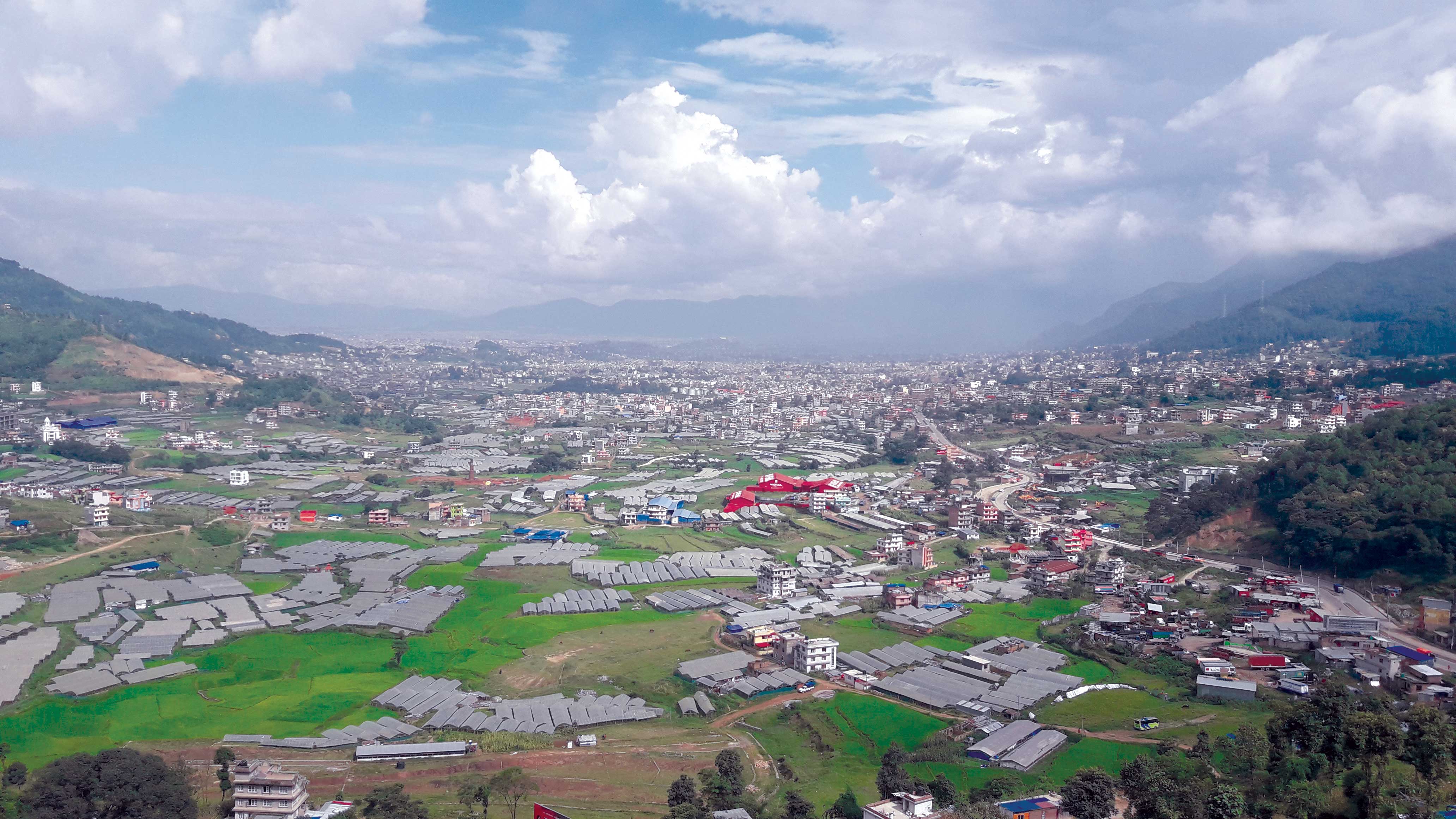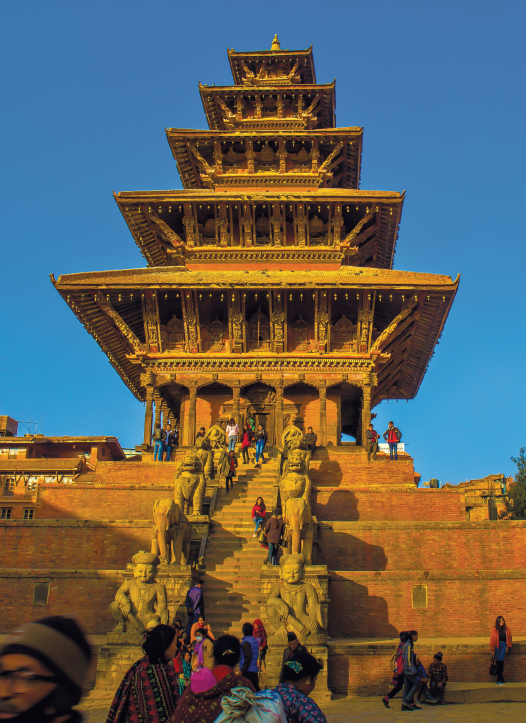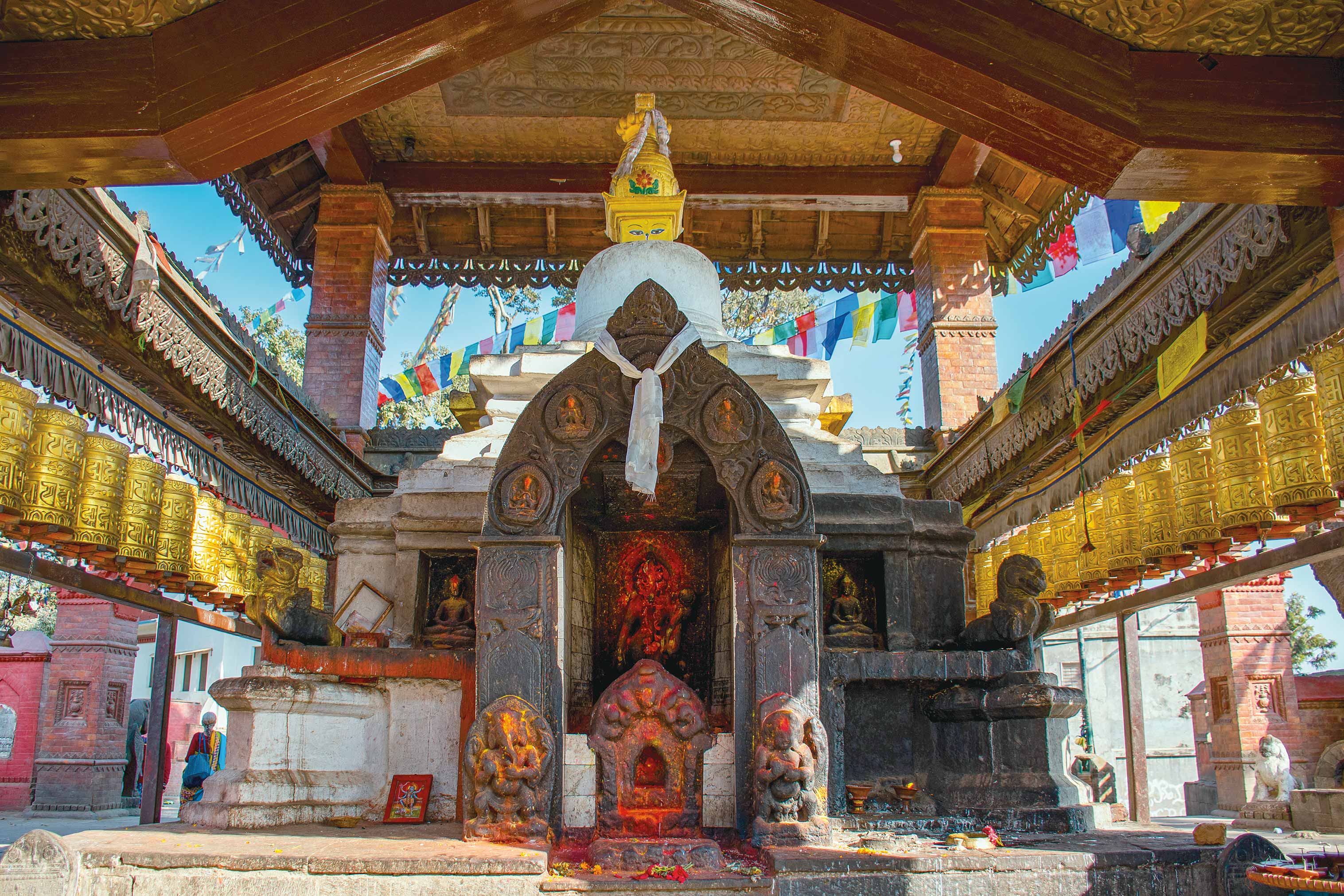Honoring the Goddess of Beauty
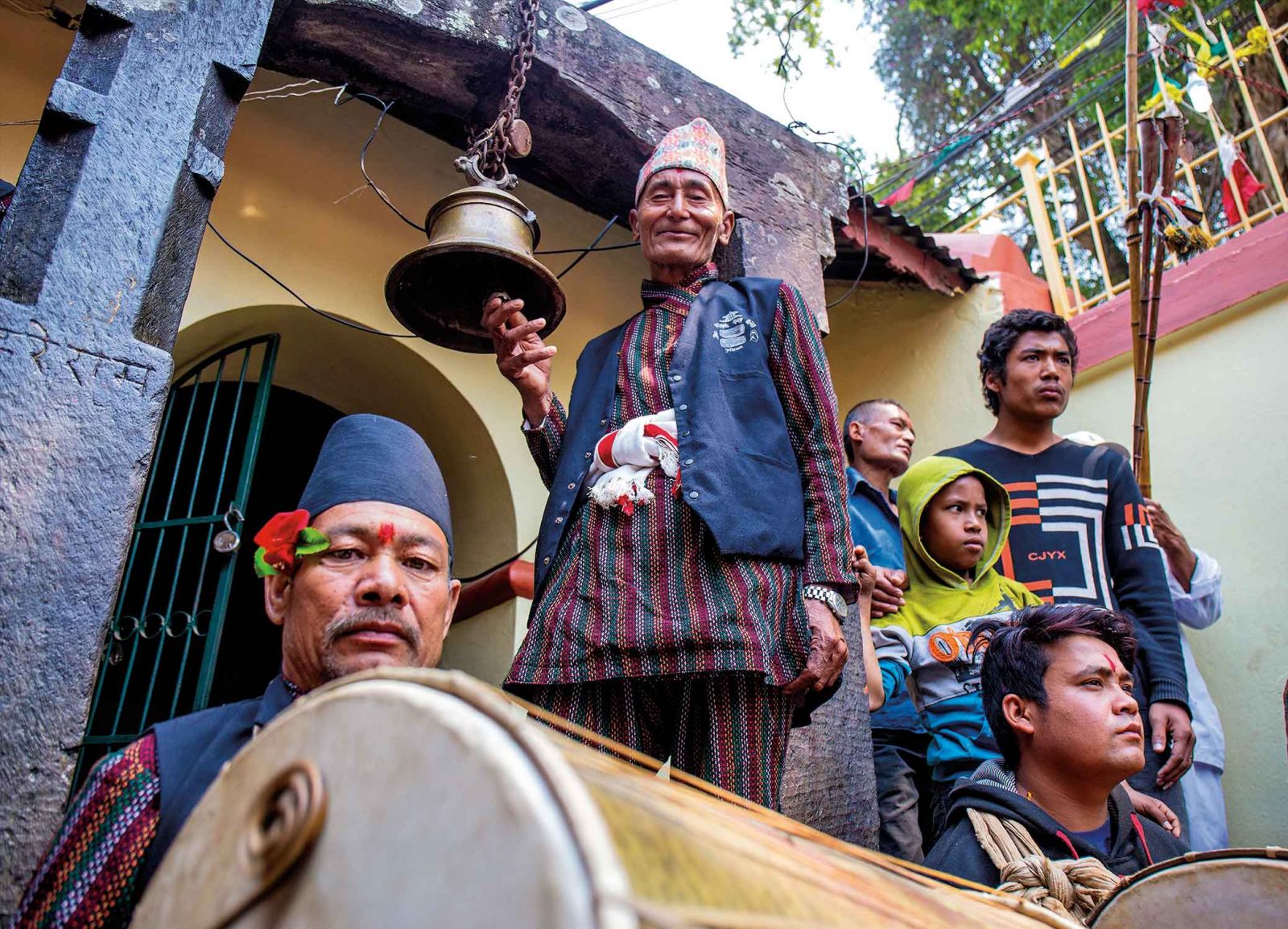
Once upon a long, long, time ago, when the gods descended to Earth frequently, there was a girl named Mana in a place called Jitpur, She was a fervent devotee of Lord Indra, and meditated rigorously on the bank of the site where the two rivers, Bishnumati and Mahadev, met. Highly impressed, the Lord deigned to make his appearance before the earnest girl. “I am happy with you, tell me what you want and I’ll present it to you,” was what he said, to which Mana replied, “I want you to marry me, Lord!”
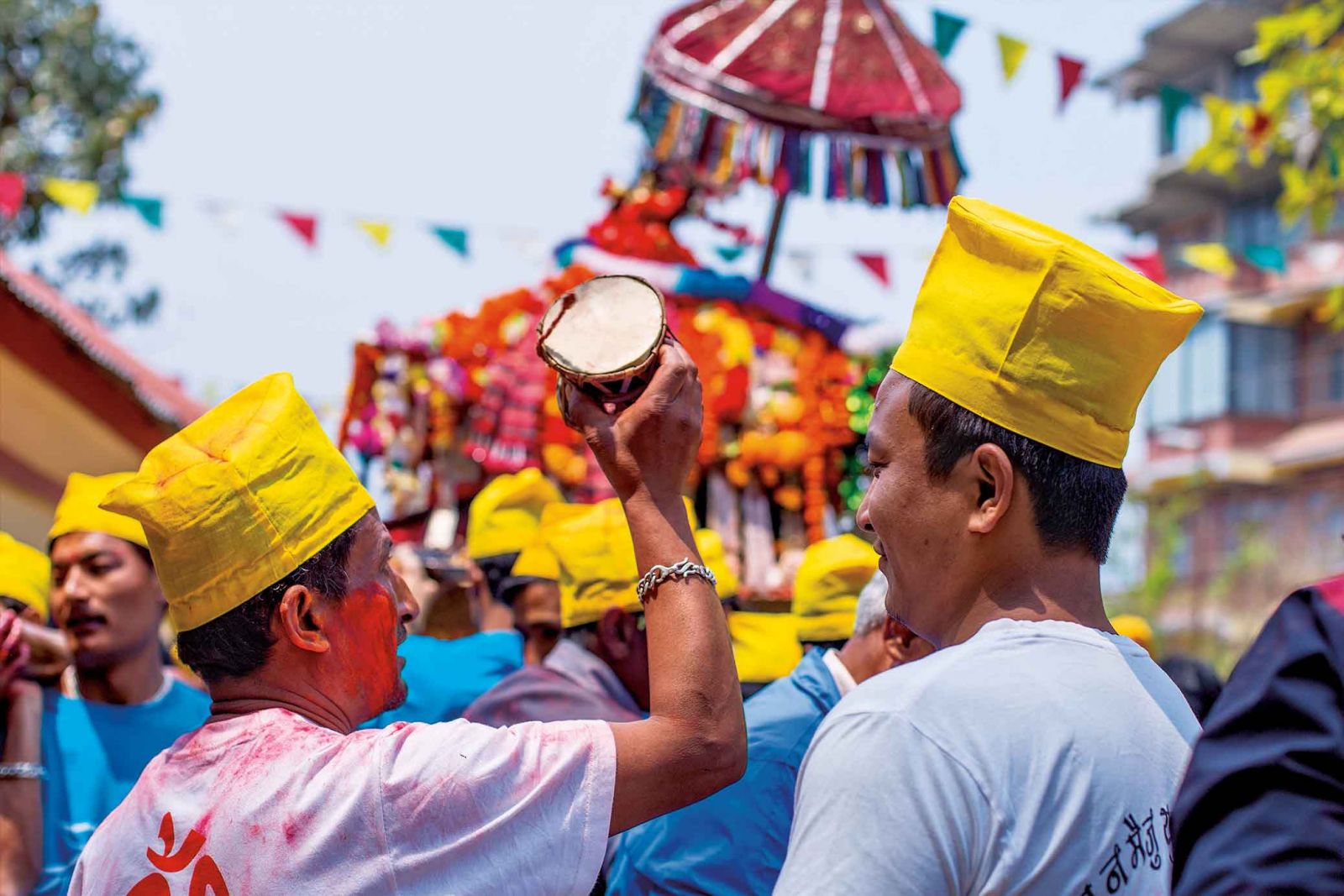
So, they tied the knot, but in due time, the Lord had second thoughts about taking her back to heaven. His reluctance was due to the fact that Mana had a terrible complexion, with many blackheads and blemishes, and he didn’t think she was suitable enough to be presented in heaven. However, he compensated her in another way, by blessing her with the power to remove blackheads and other blemishes of the skin of sufferers. That is why she is known as the goddess of beauty.

An ancient shrine stands in her name, the Mana Maiju Temple, on a hilltop in Manamaiju VDC (now Tarkeshwor Municipality), which is some distance north of Balaju. Every year, near the end of Chaitra (March. April), or the beginning of Baisakh (April/May), a five-day festival known as Mana Maiju Jatra, is held, during which palanquins carrying figures of the goddess and other gods are paraded around town. It is the most important festival of the area, and is participated in by the entire populace of Tarkeshwor with great enthusiasm.
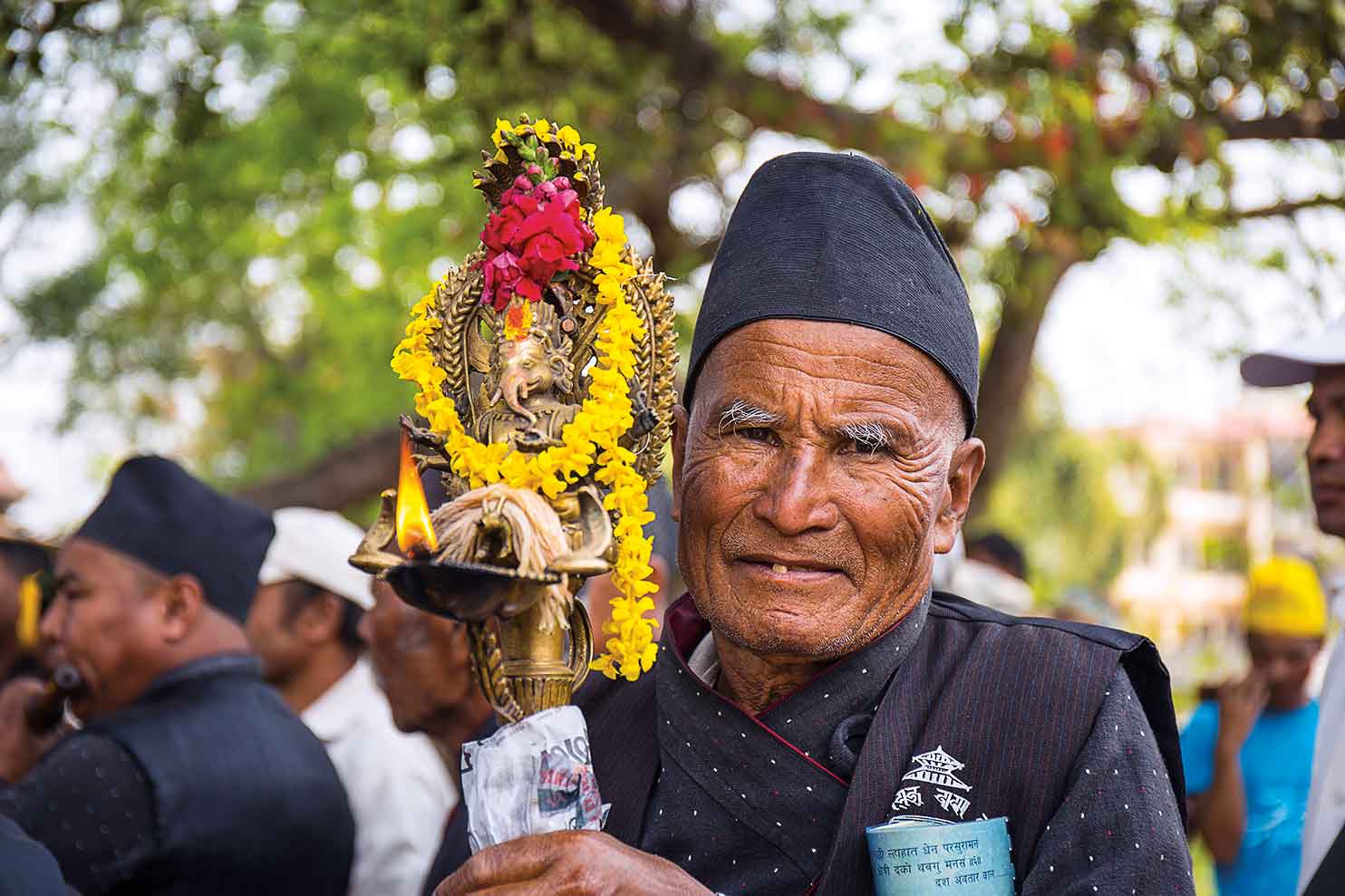
Now, there is a myth regarding the origin of the name of the village. It goes like this: One day, in the Lichhavi period, King Guna Kamdev went hunting in Nagarjuna forest, and decided to spend the night there. Goddess Mana Maiju Devi (a.k.a. Ajima and Indrayani) appeared in his dream, and commanded him to hold a jatra in her honor on Chaitra Shukla Purnima (full moon day of Chaitra). By doing so, she would fulfill his ambitions. The king surveyed the surrounding area from the Nagarjuna hill, and espied a small temple among thorny brambles and swamps on a hilltop. He cleared a way to it and observed a four-day festival. On the fifth day, he found a jewelry-studded bhoto (upper body garment) left by the goddess as a memento, which he displayed to the onlookers. From that moment onwards, he named the village Manamaiju.





